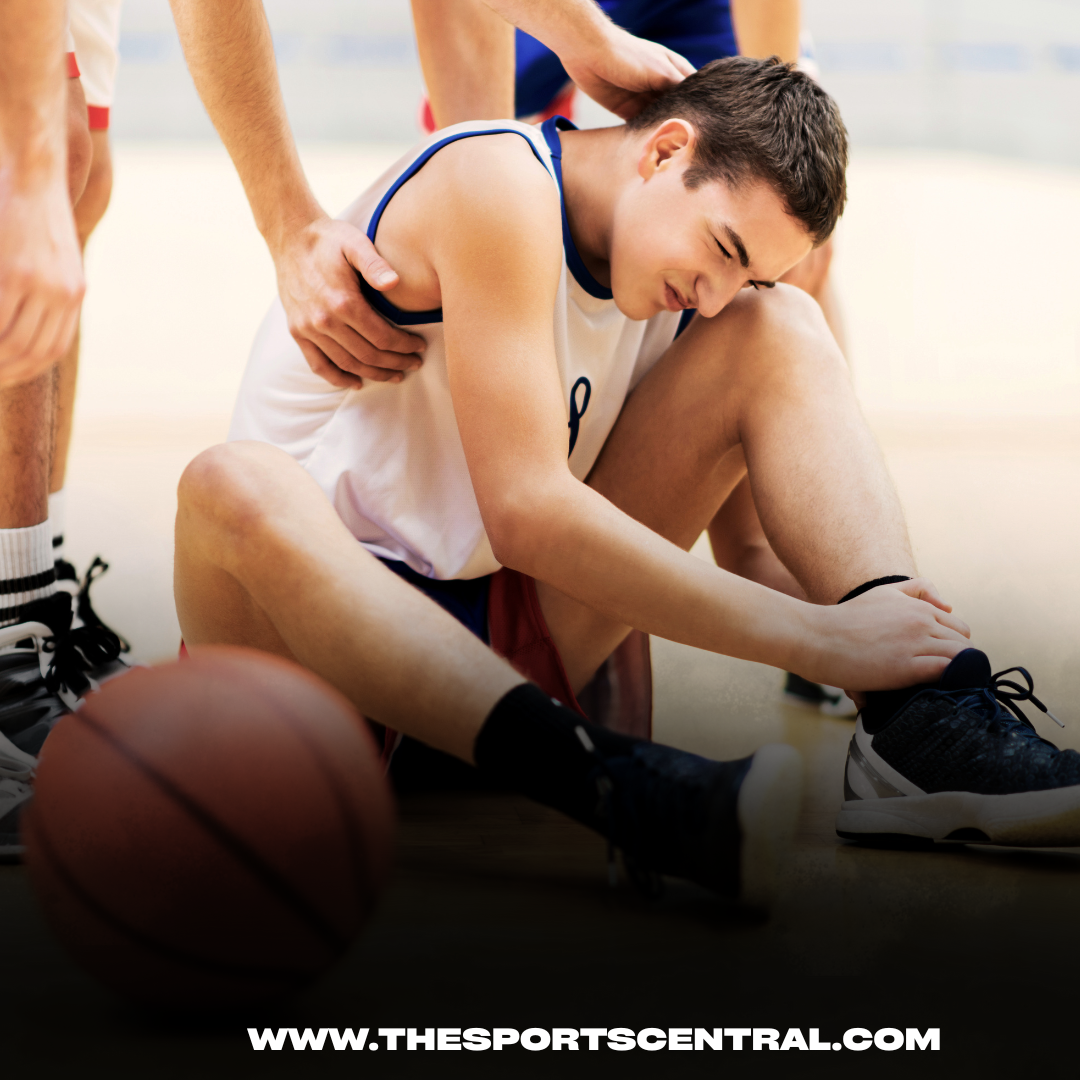Summer brings with it the promise of outdoor activities and sports, but it also brings the risk of certain injuries, especially in hot weather conditions. As temperatures rise, athletes need to be particularly mindful of the potential risks posed by the summer heat. In this article, we will explore 10 common injuries that athletes should be aware of during the summer months, along with tips on how to prevent them and stay safe while enjoying sports and outdoor activities.
Heat Exhaustion and Heatstroke:
One of the most significant risks athletes face during the summer is heat-related illnesses, such as heat exhaustion and heatstroke. These conditions occur when the body overheats due to prolonged exposure to high temperatures and humidity. Symptoms include dizziness, nausea, rapid heartbeat, and confusion. Heatstroke, in particular, can be life-threatening if not treated promptly. Athletes should stay hydrated, take frequent breaks in the shade, and avoid intense physical activity during the hottest parts of the day to prevent heat-related illnesses.
Dehydration:
Dehydration is another common summer injury that athletes need to be mindful of. As the body loses fluids through sweating during exercise, it’s essential to replenish those fluids by drinking plenty of water. Dehydration can lead to fatigue, muscle cramps, and even heat-related illnesses. Athletes should drink water before, during, and after exercise, especially when participating in outdoor sports in hot weather.
Sunburn:
Exposure to the sun’s harmful UV rays can cause sunburn, a painful condition characterized by red, inflamed skin. Sunburn not only damages the skin but can also increase the risk of skin cancer in the long term. Athletes should wear sunscreen with a high SPF, protective clothing, and hats while spending time outdoors, especially during peak sun hours between 10 a.m. and 4 p.m.
Sprains and Strains:
Summer sports such as basketball, soccer, and tennis often involve quick movements and changes in direction, increasing the risk of sprains and strains. Ankle sprains, in particular, are common among athletes who participate in these sports. Warming up properly before exercise, wearing supportive footwear, and practicing proper technique can help reduce the risk of sprains and strains.
Tennis Elbow:
Tennis elbow, or lateral epicondylitis, is a painful condition caused by overuse of the muscles and tendons in the forearm. It commonly affects tennis players but can also occur in athletes who engage in repetitive arm motions, such as baseball players and golfers. To prevent tennis elbow, athletes should perform strengthening exercises for the forearm muscles and use proper technique when playing sports that involve gripping and swinging motions.
Runner’s Knee:
Runner’s knee, or patellofemoral pain syndrome, is a common overuse injury that affects athletes who engage in activities that involve repetitive bending of the knee, such as running, cycling, and jumping. Symptoms include pain around the kneecap, especially when bending the knee or going up and down stairs. Athletes can prevent runner’s knee by wearing supportive footwear, avoiding hard surfaces, and strengthening the muscles around the knee through exercises such as squats and lunges.
Shin Splints:
Shin splints are a painful condition characterized by inflammation of the muscles, tendons, and bone tissue in the lower leg. They often occur in athletes who engage in activities that involve running or jumping on hard surfaces, such as basketball and volleyball. To prevent shin splints, athletes should gradually increase the intensity and duration of their workouts, wear supportive footwear, and stretch the muscles of the lower leg regularly.
Heat Rashes:
Heat rashes, also known as prickly heat, occur when sweat gets trapped in the skin’s pores, causing irritation and redness. They are common among athletes who exercise in hot, humid conditions. To prevent heat rashes, athletes should wear loose, breathable clothing made of moisture-wicking fabric, take frequent breaks in the shade, and shower immediately after exercise to remove sweat and bacteria from the skin.
Stress Fractures:
Stress fractures are tiny cracks in the bone that result from repetitive stress or overuse. They commonly occur in the feet, legs, and lower back and can be caused by activities such as running, jumping, and dancing. Athletes can reduce the risk of stress fractures by gradually increasing the intensity and duration of their workouts, wearing supportive footwear, and cross-training to vary the types of activities they engage in.
Insect Bites and Stings:
During the summer months, athletes are more likely to encounter insects such as mosquitoes, bees, and ticks, which can bite or sting and cause discomfort or allergic reactions. To prevent insect bites and stings, athletes should wear insect repellent, avoid areas with high insect activity, and wear protective clothing such as long sleeves and pants when participating in outdoor sports or activities.
As athletes gear up for summer sports and outdoor activities, it’s essential to be mindful of the potential risks posed by the summer heat and take steps to prevent common injuries. By staying hydrated, wearing sunscreen and protective clothing, warming up properly, and practicing good technique, athletes can reduce the risk of heat-related illnesses, sprains, strains, and other injuries and enjoy a safe and active summer season










